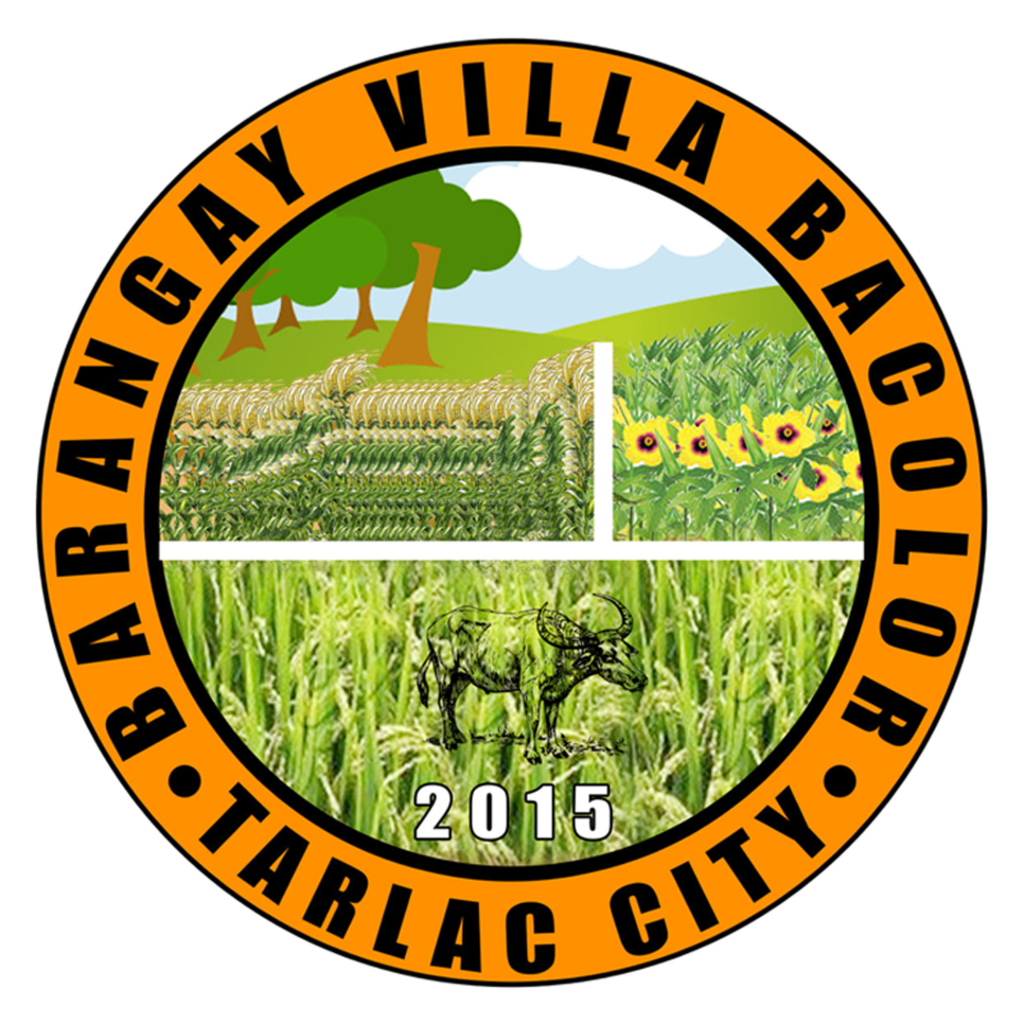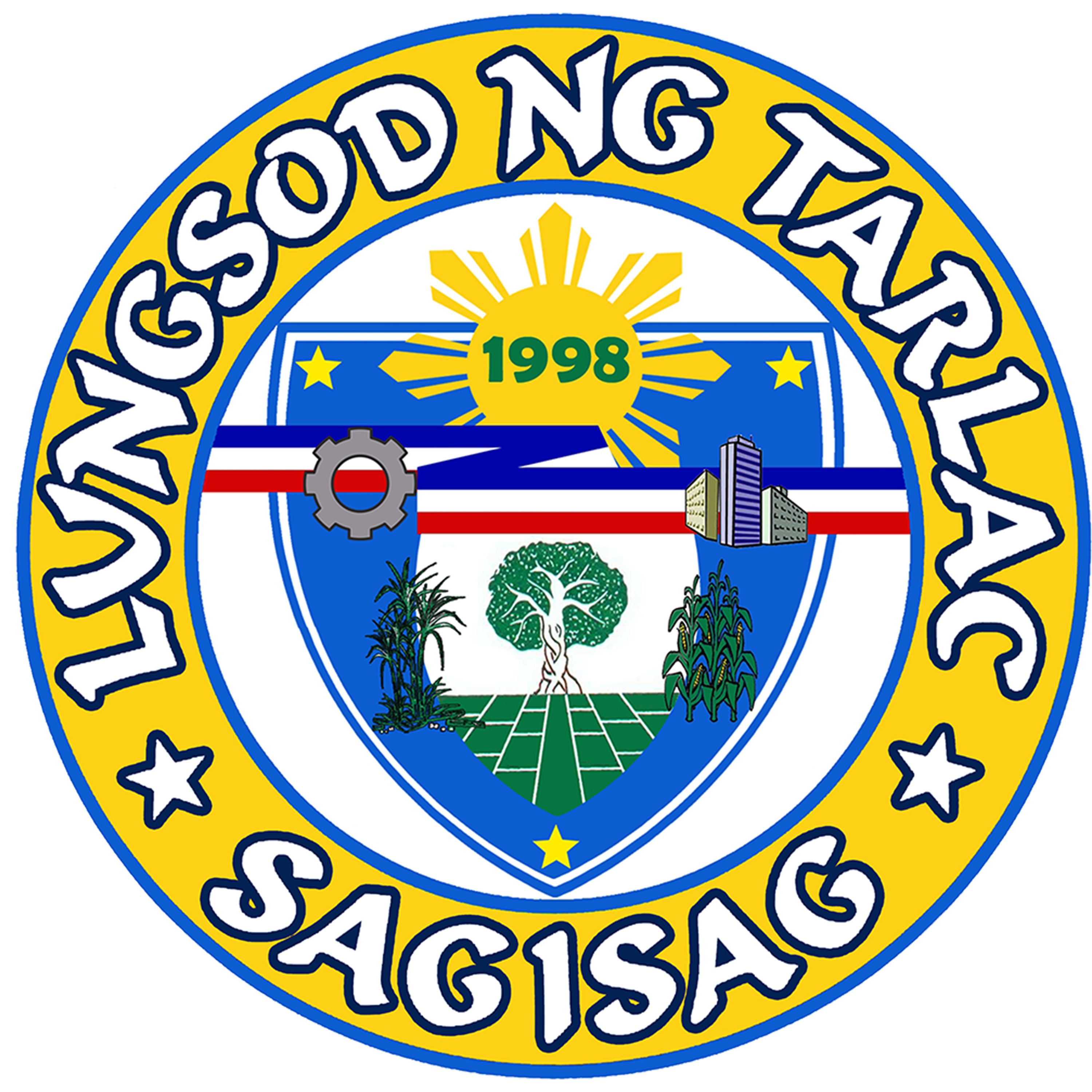
BARANGAY VILLA BACOLOR HISTORY
Barangay Villa Bacolor is also part of the East District Division of Barangay Tarlac City. Barangay San Pascual bound it on the West, Barangay Balingcanaway on the East, Barangay San Manuel on the South and Victoria on the North.
It is approximately 11.3 kilometers away from city proper. It has a total land area of 324.68 hectares.agricultural land area has a land area of 107.29 hectares and the remaining 217.39 hectares designate to a residential area.
It is also divided into 7 Blocks namely Block 1, Block 2, and Block 3 to Block 7.
Barangay Villa Bacolor classified as Rural Barangay, it has a total population of one thousand (1,670) as of 2005, and a household population of two hundred fifty eight (258).
Barangay Villa Bacolor is an agricultural barangay. Approximately 90% of the total populace in this place was farmers. Farming is their major source of livelihood. They cultivate palay, corn, vegetables such as (Japanese Okra) and sugarcane. Other residents were employees, laborers, construction workers, and so on.some residents have their own mini business stall such as sari sari store and so on.
Villa Bacolor is formerly part of San Pascual called “Sitio Tinapatan”. Other residents of this barangay call it “Barrio Sais” because it is in Block 6. Don Jose De Leon of Bacolor Pampanga owns the whole Sitio of Tinapatan. It is also in this place where the Hacienda De Leon is located wherein the first settlers worked with Don Jose De Leon. The workers where then called “kasama” who were became heir of the sand place.
In 1976, Charlie Habagat, the barangay captain of this barangay and the sitio became a separated barangay and called it “Villa Bacolor” which derived from the place where Don Jose de Leon lives. Among the pioneers of this place were the Ballot, Quibuyen, Gacusan, Pangan, dela Cruz, Grospe, Garabillo, and Gomez Family.
Seventy percent of the total populations are Pampango, and the rest are Tagalog, Bisaya, Pangasinense, and Ilocano.
Barangay Villa Bacolor celebrates their feast day every December 08 as a thanksgiving to the patron Immaculate Conception. The Immaculate Conception is, according to Roman Catholic dogma, the conception of Mary, the mother of Jesus without any stain of original sin, in her mother’s womb: the dogma thus says that, from the first moment of her existence, she was preserved by God from the lack of sanctifying grace that afflicts mankind, and that she was instead filled with divine grace. It is further believed that she lived a life completely free from sin. Her immaculate conception in the womb of her mother, by normal sexual intercourse (Christian tradition identifies her parents as St. Joachim and Anne), should not be confused with the doctrine of the virginal conception of her son Jesus.
